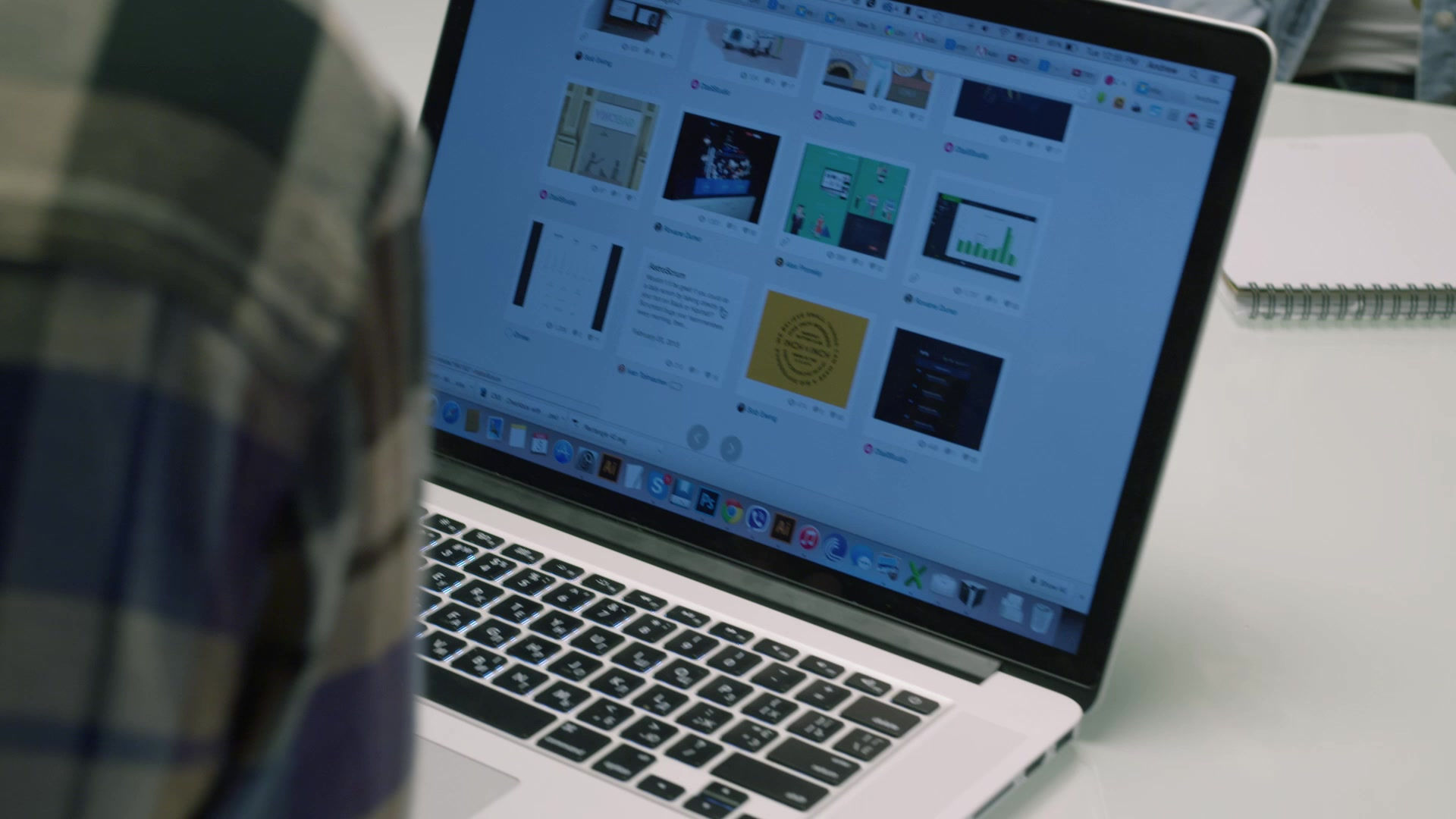Content Creation 2.0
- Robert Förster

- 9. März 2020
- 3 Min. Lesezeit
How to use new workflows and technology to create the best content

The usage of content has changed in the past years into multi-device and multi-platform. Whereas it used to be the news broadcast on TV for the whole family because there was only one content channel, today we sit together on the couch with three to four different devices and use different content platforms.
For this reason, we must ask ourselves whether we still understand the users at all.
So let's talk about new workflows and thinking models.
Digitisation has an incredible number of advantages but also disadvantages. The biggest problem: You can't derive a business model from every idea. Whether something works or not must be tried out first of all.

However, in order not to get completely lost in the dark, an analysis phase is definitely useful to at least define the target groups. And this is where another advantage of digitization comes into the game: Individual use of different platforms and end devices due to different daily routines and preferences.
It is perfect here to develop a matrix of when who uses which end devices and platforms where.
With a more in-depth analysis of the course of the day, you will quickly find that daily routines change very slowly or not at all - very good news! This shows us that only the offer of content needs to be more broadly based, more individually tailored to the needs.
If you agree with me so far, you should already get in touch with me ;-)
One of the biggest beneficiaries of these new uses is audio - no, not radio. Colleagues have not yet understood many things. But the many podcasters, content thinkers and IT people. Many people have "blinkers" in front of their eyes and still understand radio as what it used to be in the 90s.
But let's move forward. Audio is currently one of the most used media genres in almost all target groups. Why? Because portable devices and technology (4G) make it possible to enjoy music and content very individually, anytime and anywhere. We all know them - the headphone generation.
So, what to do?
It can be so simple - we know yet that people use digital devices and platforms more and more ant integrate the usage into their daily routines. But the daily routines are mostly the same or are changing very, very slow.
"The big 2" - Content creation and Content distribution
So now, we know a lot of our users daily routines and the way they use our content. So media houses have to think about their producing processes.
For example: An interview about the police dog
Short version for news block: Big found of cocaine at Frankfurt Airport. In the news we describe that the dog found the drugs in three rigged suitcases.
Middle version for detailed interview: We explain how dogs will be trained to be a dog which can find drugs - interview with a scientist and the police officer who trained him
Long version for a podcast: We accompany a policeman and his dog in daily life. We learn all about the dog-human relationship and the challenges - and we do so with all the emotions.
So we have to change our producing processes. First think of all possibilities a story can give us, analyze the possible engagement of different touchpoint, next step is to know what formats can be used and then which platform needs which content format. Result: One interview - different topics - different platforms - different devices - different usage.
Number 2 is the future distribution process.
To know the exact technical requirements, we have to look a little deeper into the digital processes. The Internet is text-based. This means that all audio, image and video files cannot be found for the time being. So you have to enrich them by hand with metadata. These can be categories or a few keywords. The larger the journalistic pieces, the more complex the manual enrichment process.
In the future AI will help here. With the help of transformation engines (e.g. Speech-to-Text) audio files can be converted into text files. This text then serves as metadata record. Combined with a text analysis engine and the possibility to categorize texts according to content, several texts can be put into context or related to each other. This is the basis for recommendation management.

In my opinion the recommendation management will be the most important tool for future content distribution.
To sum up
In order to create content relevant to the target group on digital channels, a touchpoint matrix should be created and the use of the various platforms and end devices should be analysed. For the future distribution of these content pieces, a clear examination of AI tools such as Speech-to-Text, Text-to-Speech, Image Recognition and Text analytics is recommended.



Kommentare